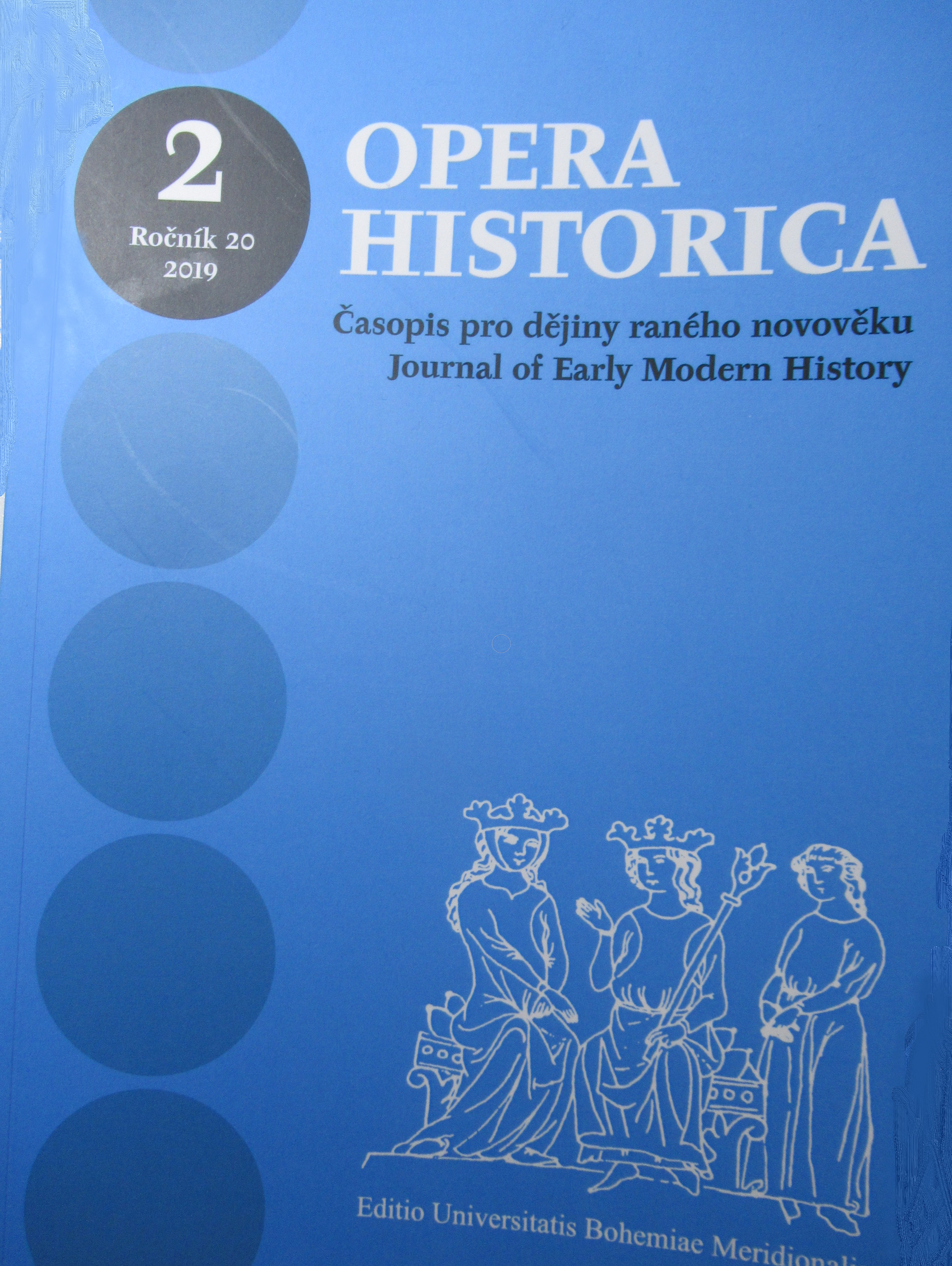Choleraepidemien in den Städten der österreichischen Alpenländer in den 1830er Jahren
Cholera epidemics in Austrian cities in the 1830s
In 1831 the first European cholera epidemic hit most parts of Lower Austria hard. The traditional system of fighting plague epidemics based on advance warning, cordons sanitaire and quarantine proved to be ineffective in the case of cholera. Shocked
Author(s): Andreas WeiglSubject(s): History, Geography, Regional studies, Environmental Geography, Economic history, 19th Century
Published by: Jihočeská univerzita v Českých Budějovicích
Keywords: cholera epidemics; Alpine provinces, east-west-gradient; sanitary revolution; household wells
Summary/Abstract: In 1831 the first European cholera epidemic hit most parts of Lower Austria hard. Thetraditional system of fighting plague epidemics based on advance warning, cordons sanitaireand quarantine proved to be ineffective in the case of cholera. Shocked by thesudden death of many cholera victims the imperial government tried to push forwardinvestments in sewers and the water supply at least in the capital Vienna. Unfortunatelythese investments showed no improving effect on cholera morbidity and mortalityin the 1830s, because the quality of filtered water from the river Danube that suppliedthe „Kaiser-Ferdinand-Wasserleitung“ build in 1836-1843 was inadequate and the newsewer-system, the so called Cholera-sewers, lacked functional capability in summer andduring floods. Due to the fact that most of the cholera epidemics entered the Habsburgmonarchy from the east or from the Adriatic sea, the inner Alpine provinces with the exceptionof South Tyrol remained almost untouched by cholera epidemics of that era. Theeast-west-gradient in mortality cannot be explained by any measures to improve the watersupply or sewer system in these parts of Austria. Most households in cities of these provinceswere supplied with drinking water by domestic wells and sanitation was dominatedby cesspools, which was the case even in most parts of Vienna. What might explain thedifference in mortality is the lower population density correlated with the better qualityof water from the wells in the Alpine zone.
Journal: Opera Historica
- Issue Year: 21/2020
- Issue No: 2
- Page Range: 204-223
- Page Count: 20
- Language: German

